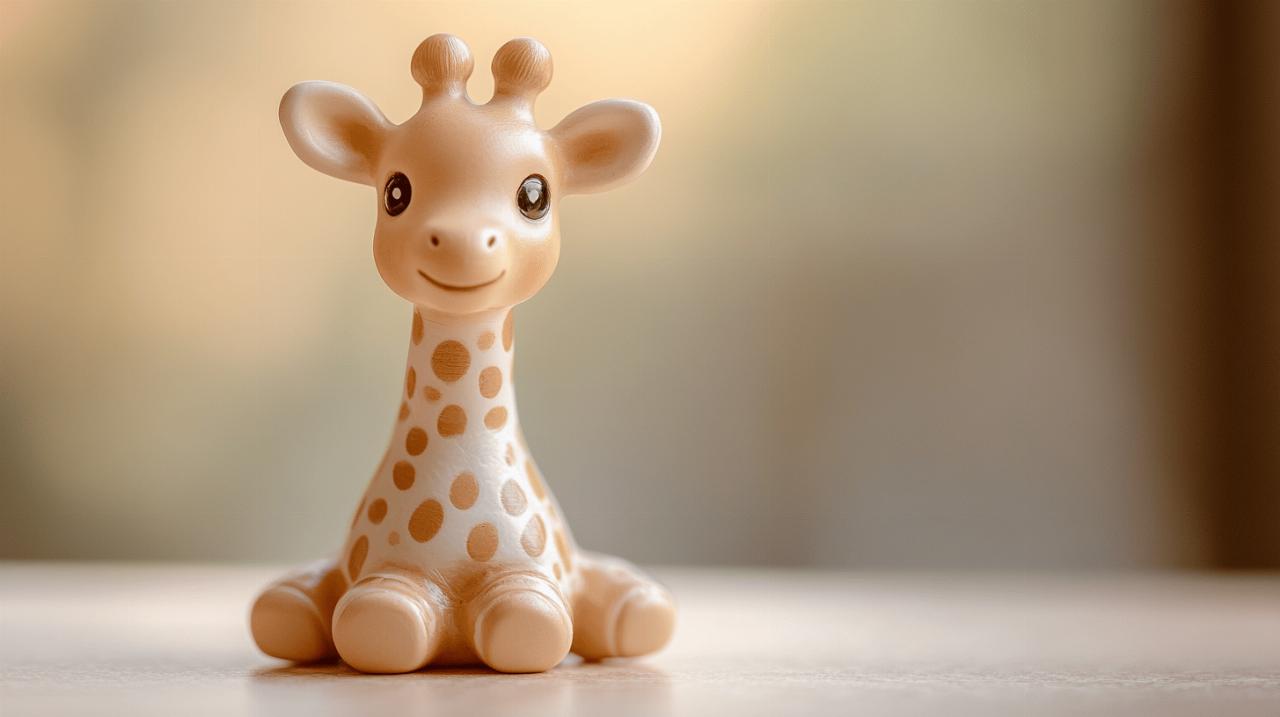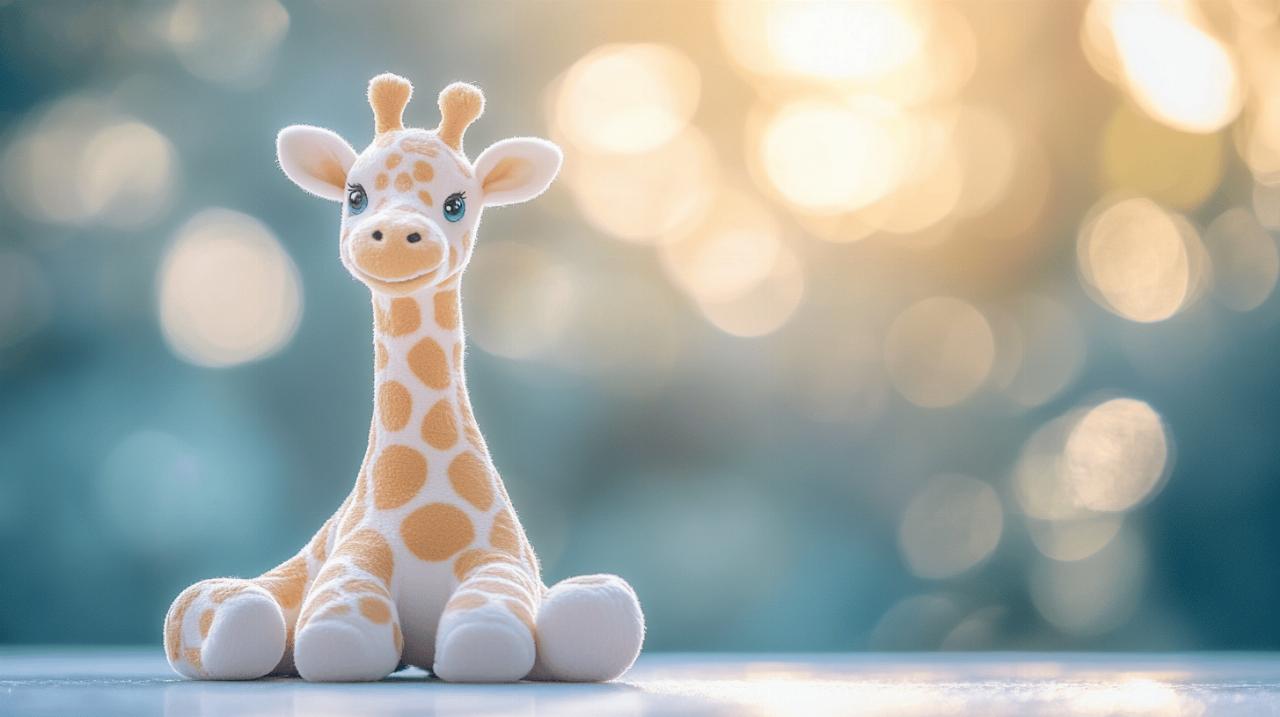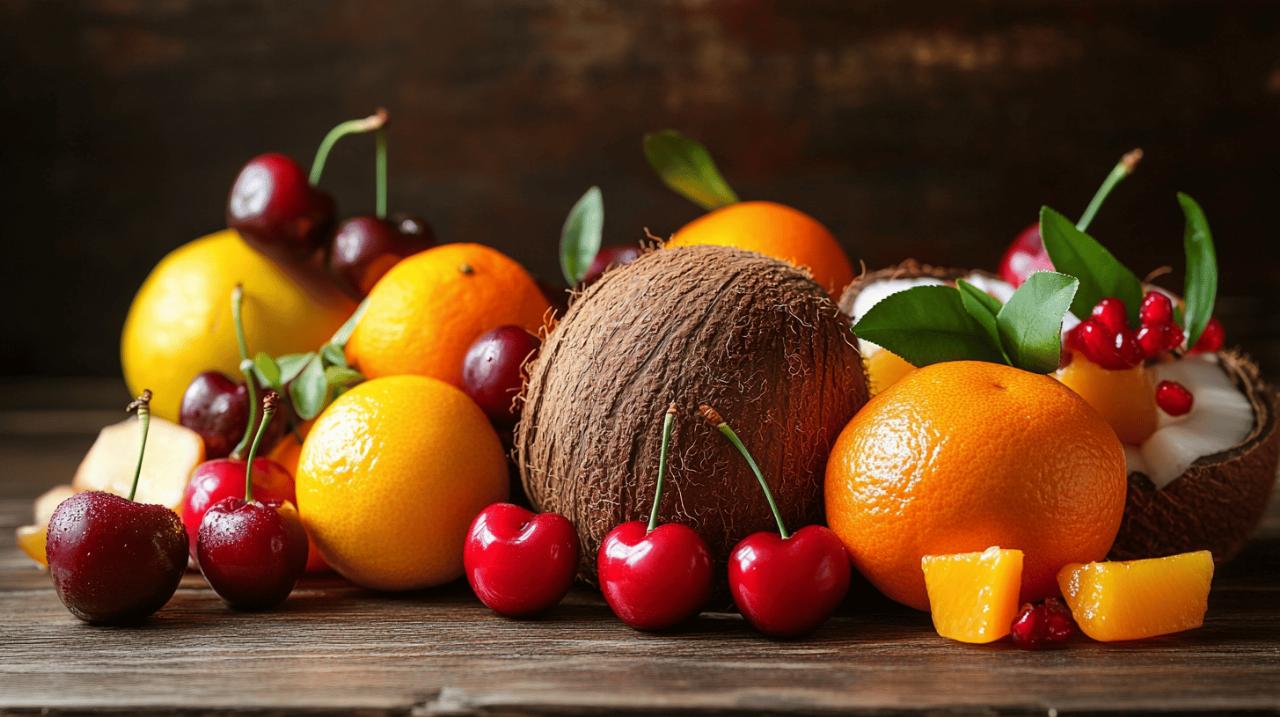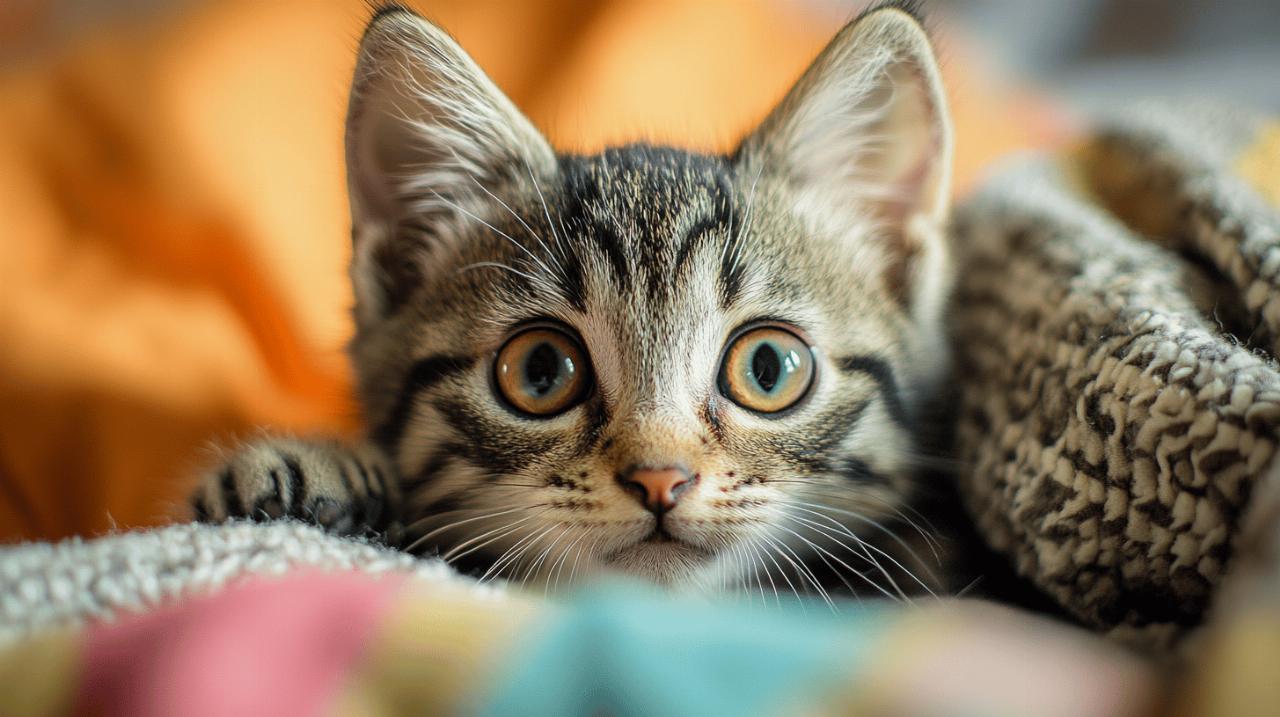The sophie la girafe controversy explained
Sophie la Girafe has been a beloved teething companion for babies since 1961. This iconic toy, made from 100% natural rubber, retails for approximately £25 and has found its way into countless homes across the UK. However, recent reports from concerned parents have cast a shadow over this popular children's item, with claims of mould growth inside the hollow structure of the giraffe.
Origins of the mould claims
The controversy began when several parents, including an American customer, discovered black mould inside their children's Sophie toys. After cutting open the rubber giraffe, they were shocked to find dark mould formations within the hollow interior. These discoveries quickly gained attention on social media and parenting forums, prompting widespread concern amongst families who had purchased the product for their little ones.
How widespread is the issue?
While alarming, it's important to note that officially documented cases remain relatively limited, with only a handful of reports confirmed. The manufacturer Vulli, along with Calisson, the US distributor, have acknowledged these incidents but suggest they represent isolated cases rather than a widespread manufacturing defect. According to company representatives, the mould growth likely results from improper cleaning rather than an inherent problem with the toy itself. The small air hole in Sophie that allows the toy to squeak also potentially permits moisture entry when submerged in water, creating conditions conducive to mould development.
How to check your child's sophie toy
Given the concerns that have emerged, many parents are understandably anxious about the safety of their child's Sophie la Girafe. Conducting regular inspections can help identify potential problems before they affect your little one's health and wellbeing.
Signs of potential mould growth
Examining your child's Sophie toy requires careful attention to detail. Look closely at the air hole, checking for any discoloration or unusual smell coming from inside the toy. If you notice dark spots, musty odours, or see water trapped inside after cleaning, these could indicate mould development. Some parents have reported squeezing the toy and observing dirty water emerging from the hole, which is a clear warning sign. Remember that mould thrives in dark, damp environments, making hollow rubber toys particularly vulnerable when moisture becomes trapped inside.
Safe cleaning techniques for rubber toys
Following proper cleaning methods is crucial for maintaining Sophie la Girafe and preventing mould growth. Vulli specifically recommends wiping the surface with a slightly damp cloth rather than fully immersing the toy in water. This approach helps prevent moisture from entering the interior through the air hole. For additional protection, some experts suggest using cleansing wipes regularly to sanitise the surface. If you suspect contamination already exists, a more thorough cleaning may be necessary, though this contradicts manufacturer guidelines. Some parents have found success with a gentle solution of water with mild dish soap applied only to the exterior, followed by thorough air drying.
Expert Advice on Toy Hygiene for Babies
Maintaining proper hygiene for teething toys extends beyond just Sophie la Girafe, as all children's toys require regular care and attention to remain safe for little ones.
What paediatricians recommend
Medical professionals emphasise that while mould exposure sounds frightening, it typically poses minimal risk to most healthy children. Paediatricians note that mould spores are common in our environment, and most children can handle moderate exposure without adverse effects. However, for children with immune disorders or specific allergies, greater caution is warranted. Symptoms of mould sensitivity may include red eyes, sneezing, and skin rashes. Experts recommend inspecting all hollow rubber or plastic toys regularly, not just Sophie, as any toy with moisture-trapping cavities can potentially harbour mould over time. The consensus among health professionals is that proper cleaning and vigilance are more important than discarding beloved toys at the first concern.
Regular maintenance routines for teething toys
Establishing a consistent cleaning schedule for all teething toys helps maintain their safety. For most teethers, wiping down after each use with a clean, dry cloth can prevent saliva accumulation. Designate a well-ventilated area for toys to dry completely between uses, as trapped moisture creates ideal conditions for mould development. Some paediatricians recommend replacing teething toys every few months regardless of visible wear, particularly those made from natural materials that degrade over time. When cleaning, always follow manufacturer guidelines while remaining vigilant about potential moisture ingress points specific to each toy design.
Alternative teething solutions for concerned parents
 For families concerned about the potential for mould in hollow rubber toys like Sophie la Girafe, numerous alternatives exist that might offer greater peace of mind while still providing teething relief.
For families concerned about the potential for mould in hollow rubber toys like Sophie la Girafe, numerous alternatives exist that might offer greater peace of mind while still providing teething relief.
Mould-resistant teething options
Solid silicone or wood teethers represent popular alternatives that eliminate hollow spaces where mould can develop. Many modern teething products feature one-piece construction specifically designed to prevent moisture trapping. Cold-safe teething rings that can be refrigerated offer soothing relief without internal cavities. Some parents have turned to natural alternatives like amber teething necklaces, though these should always be used under supervision. Textured cloth teethers provide another option, as they can typically be machine washed regularly, though they should be thoroughly dried to prevent their own moisture issues.
When to replace vs clean children's toys
Understanding when to clean versus replace a toy requires thoughtful consideration. Generally, toys should be replaced if they show signs of cracking, tearing, or internal contamination that cannot be remedied through cleaning. For Sophie la Girafe specifically, if you notice dark residue from the air hole when squeezed, unusual odours, or visible mould on the exterior, replacement is likely the safest option. Most manufacturers, including Vulli, recommend replacing teething toys after several months of regular use, even without visible damage, as microscopic wear can create new entry points for moisture and bacteria. When in doubt about a toy's safety, consulting your child's paediatrician can provide personalised guidance based on your little one's specific health considerations.
Understanding the Health Risks of Mouldy Toys
Concerns about mould in Sophie the Giraffe, a popular teething toy made of 100% natural rubber, have emerged after some parents discovered black mould growing inside their child's toy. First launched in 1961 and retailing for about £25, this iconic toy has recently faced scrutiny when an American customer reported finding mould inside their baby's Sophie. The issue appears to stem from moisture getting trapped in the small hole that allows air to move in and out of the hollow rubber toy.
The manufacturer, Vulli, takes these complaints seriously but suggests the problem may arise when cleaning instructions aren't properly followed. They specifically recommend cleaning the surface with a damp cloth and emphasise that Sophie should never be immersed in water or sterilised. The US distributor, Calisson, has stated they don't believe saliva alone causes the mould growth, with experts agreeing that mould typically requires both water and dark environments to thrive.
Potential risks for babies with developing immune systems
The presence of mould in teething toys raises natural questions about health risks, particularly since babies often put these items directly in their mouths. Mould spores are actually quite common in our environment, and most people's immune systems can handle exposure without issue. However, babies are still developing their immune defences, which might make some more susceptible to reactions.
When exposure does trigger a reaction, symptoms may include red eyes, sneezing, and rashes. It's worth noting that experts suggest mould exposure from toys generally isn't problematic for most healthy children. For proper maintenance, some specialists recommend regularly wiping rubber toys with cleansing wipes. If you suspect mould has developed, soaking the toy in water with dish soap might help remove it, though this contradicts the manufacturer's guidance for Sophie specifically.
Which children may be most vulnerable to mould exposure
While most children can handle limited mould exposure without health issues, certain groups may face greater risks. Children with existing immune disorders represent the primary group of concern when it comes to mould exposure from toys. These children might have more severe reactions or complications from exposure that would be harmless to others.
It's not just Sophie the Giraffe facing this issue—any hollow rubber or plastic toy can potentially develop mould, particularly bath toys that frequently get wet. Parents of children with known allergies or immune system challenges might want to regularly inspect hollow toys for signs of mould growth. For these vulnerable groups, selecting solid toys without hollow sections might be a practical alternative, as they eliminate the dark, moist environments where mould thrives.



